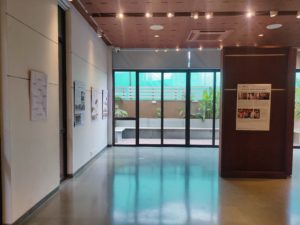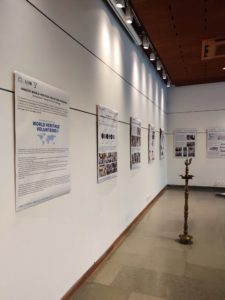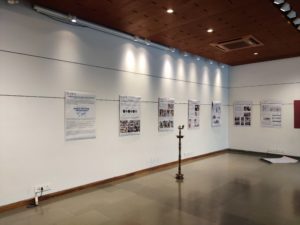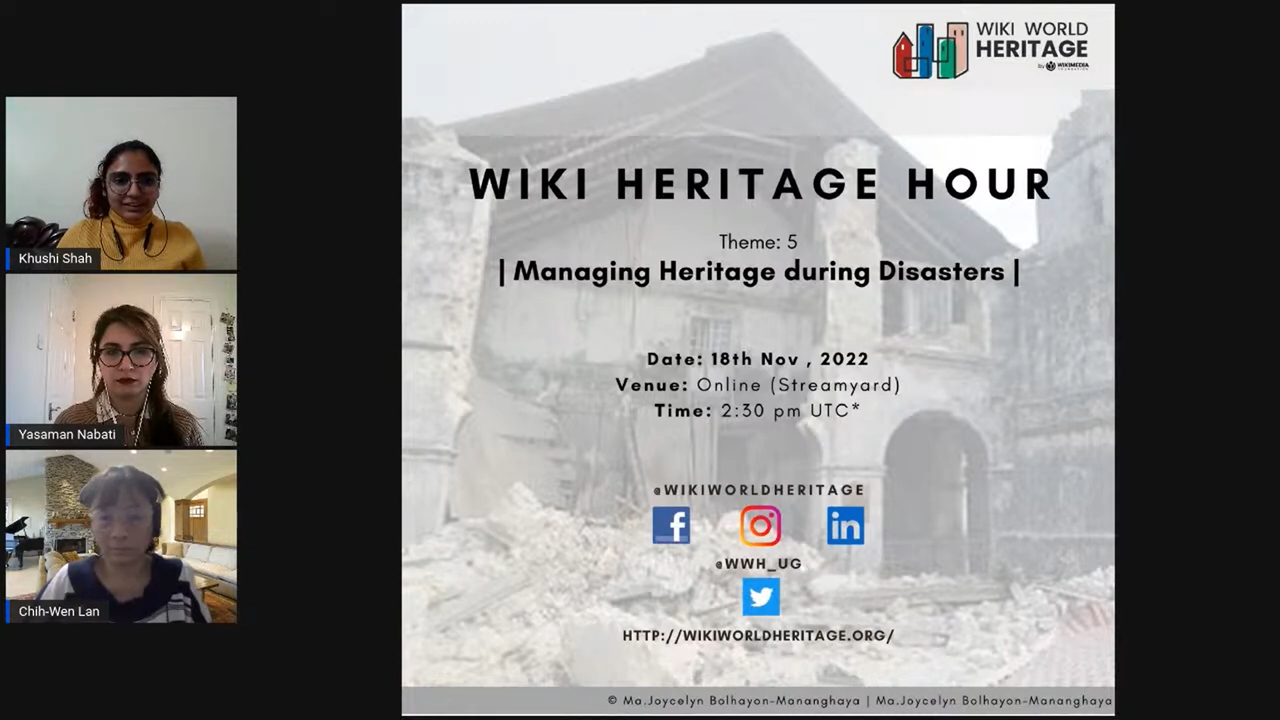“Ahmedabad: Through the Lens of Heritage: A World Heritage Volunteer Program”
The World Heritage Volunteers campaigns provide interesting opportunities for young people, to go beyond borders to explore some of the diverse and unique heritage across the world and enable them to open their world view towards a large picture. It enables them to gain a wide range of skills from hands-on learning to interactive communication skills.
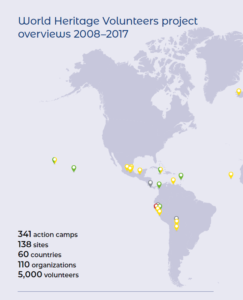
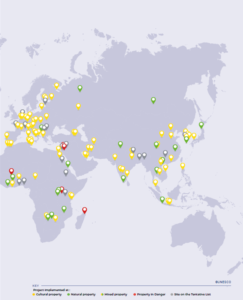
The World Heritage Volunteers (WHV) Initiative was established in 2008 as part of the UNESCO World Heritage Education Programme, in partnership with the Coordinating Committee for International Voluntary Service (CCIVS), to enlist and involve youth organizations and the general public in the preservation and promotion of World Heritage.
It was an effort to engage youth organizations and the general public in the promotion and protection of World Heritage, in cooperation with the Coordinating Committee for International Voluntary Service (CCIVS).
Young volunteers participate in practical actions, such as hands-on preventive conservation work and awareness sessions on World Heritage-related issues, throughout full days of activities at the action camps. Other activities are conducted in collaboration with local communities. Ten to thirty national and international volunteer participants are accommodated at each action camp.
WHV: 2023 -Ahmedabad: Through the lens of Heritage
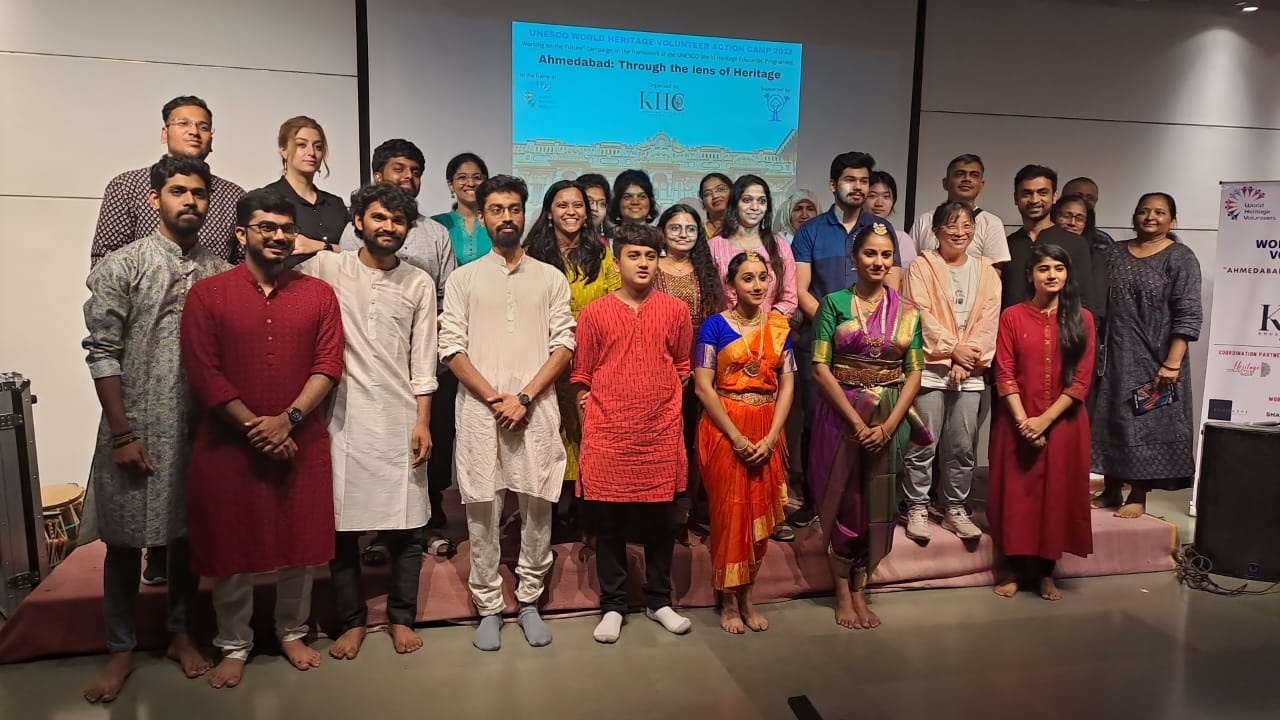
WHV: Cultural evening performance
The world heritage volunteer program conducted at Ahmedabad titled ‘Ahmedabad: through the lens of heritage’ aimed at developing a wider understanding of the notion of heritage, highlighting the diverse multicultural and multifunctional heritage of Ahmedabad, and understanding its history and how these aspects of heritage shaped the city back then. It also raised awareness about the diverse and creative forms of intangible heritage associated with the city.
Volunteer activities focused on engaging the community and the hidden spaces in the old city of Ahmedabad, participating in heritage walks and musical nights, and getting hands-on learning about documentation technologies. Participants also learned the basics of sketching for the documentation of the old city of Ahmedabad, were involved in 3D scanning and photogrammetry, and learned about the use of BIM in heritage work.
The Journey of the Program
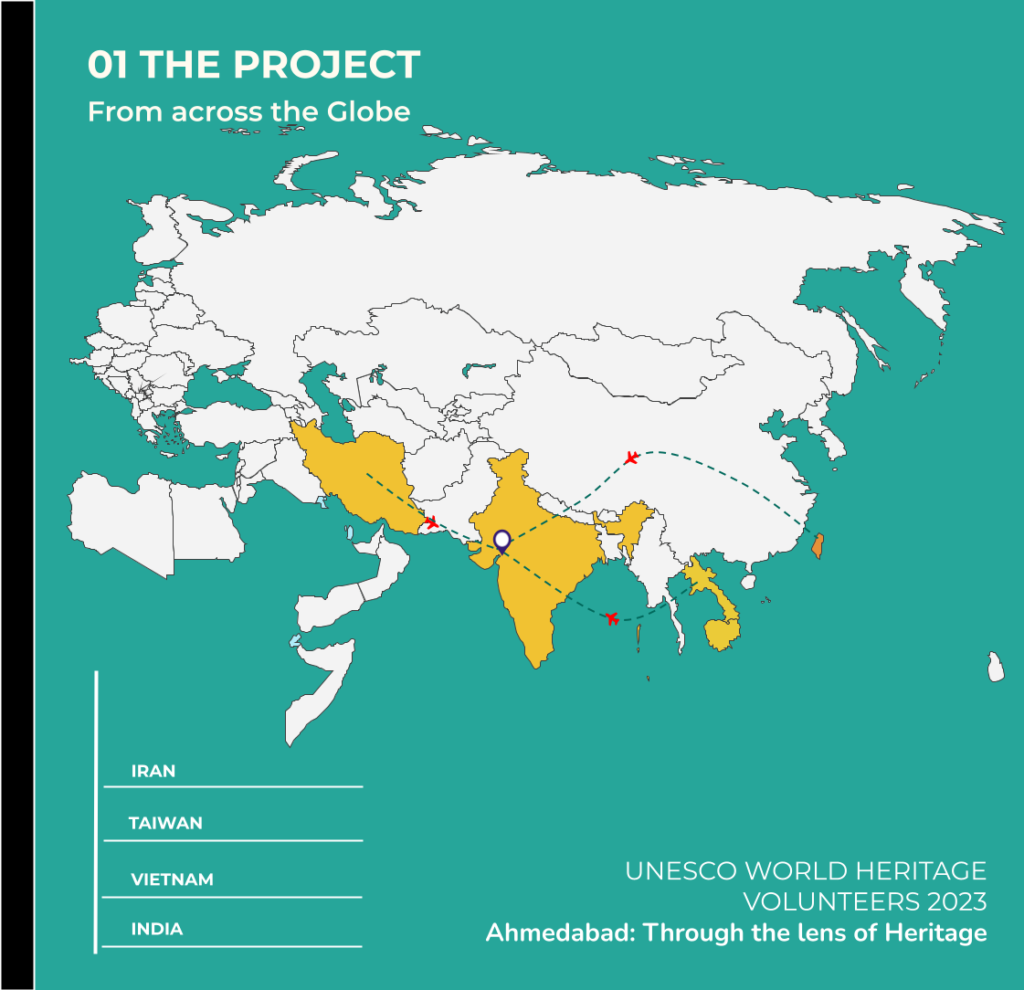
The program kicked off with an engaging orientation session that set the stage for the participants’ journey into Ahmedabad’s heritage. The first two days were dedicated to immersive heritage walks through the narrow lanes of the Old City, exploring its architectural marvels, bustling markets, and vibrant communities. Led by Khushi Shah, participants gained a firsthand understanding of the city’s evolution over the centuries.
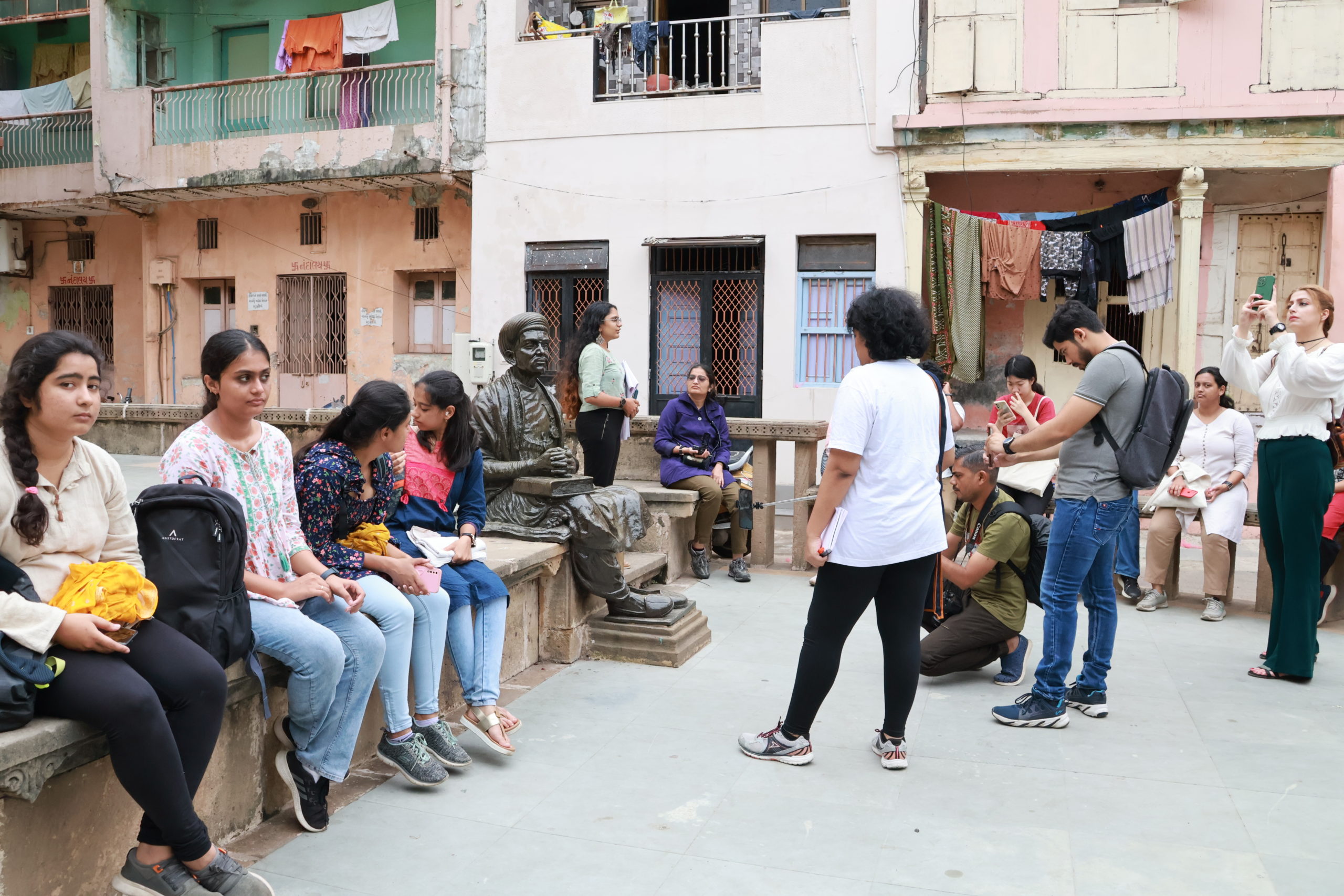
The subsequent segment of the program was dedicated to a series of skill-building workshops facilitated by seasoned professionals in their respective fields. Ranging from fundamental photography and documentation techniques to the essentials of heritage conservation, participants immersed themselves in a comprehensive training regimen. This preparation aimed to equip them with the necessary expertise to actively contribute to the preservation and promotion of Ahmedabad’s distinct heritage.
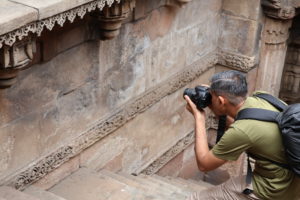
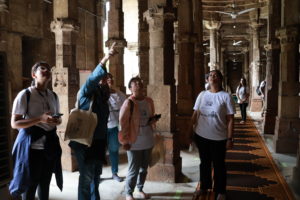
The activity commenced with an insightful half-day exercise, delving into the intricacies of manual documentation. Beginning from the basics of sketching to quick onsite sketching for urban documentation. This foundational activity laid the groundwork for the participants, fostering a nuanced understanding of the critical role documentation plays in heritage preservation.
Following this foundational session, participants engaged in an immersive exploration of the science of photography. This skill acquisition paved the way for a two-day activity centered on photogrammetry, where participants applied their newfound photography skills to create detailed and accurate three-dimensional models of heritage structures.
Building on this, the program introduced participants to the cutting-edge technology of Lidar scanning during on-site sessions. This advanced technology, which employs lasers to measure distances and create precise 3D models, was explored in-depth. Participants not only learned the theoretical aspects but also gained hands-on experience implementing Lidar scanning techniques in the field, particularly in the context of heritage conservation.
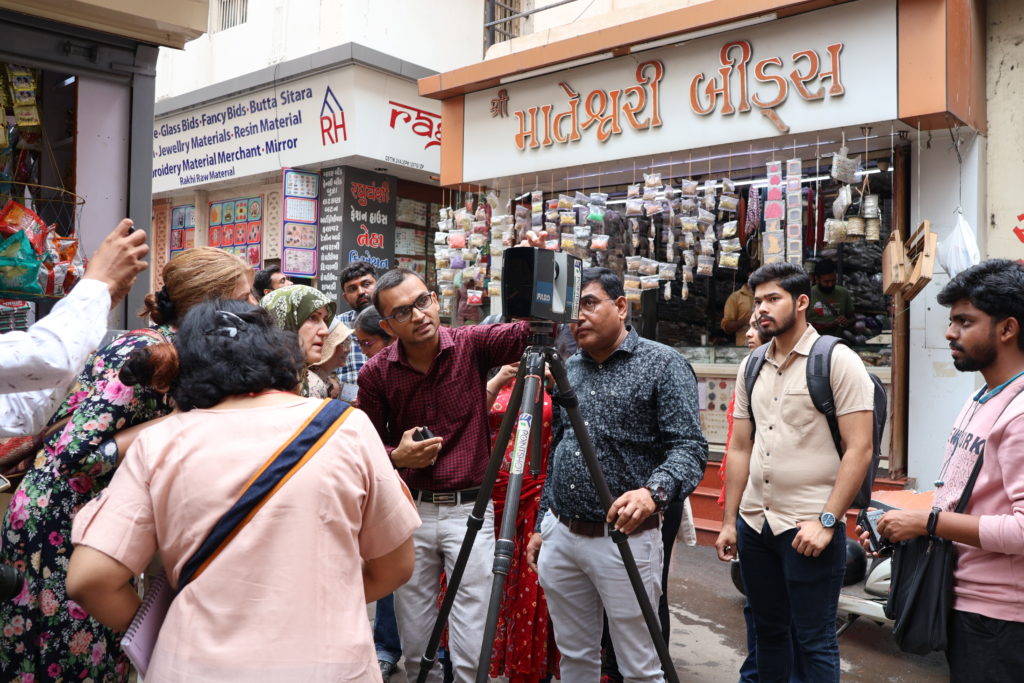
Participants learning LIDAR scanning onsite
This comprehensive approach to skill development ensured that participants were not only well-versed in the theoretical foundations but also proficient in the practical application of these skills. As a result, they emerged from this phase of the program with a robust skill set, poised to make meaningful contributions to the preservation and promotion of Ahmedabad’s rich and diverse heritage.
As the 10-day program came to an end, an exhibition was also set up at the Alliance Francis establishment to showcase the work undertaken by the volunteers throughout the 10 days. This allowed the local community of the city to participate and interact with the volunteers and realize the importance of their heritage.
